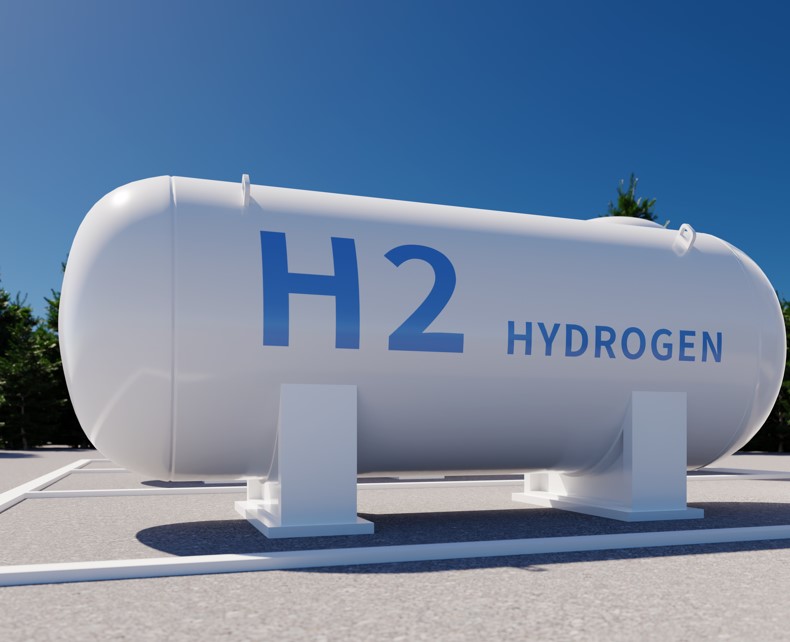PCIM Seminar: Innovative Product Development for Power Electronics: Tools, AI and Customer-Centered Solutions
Innovative Product Development for Power Electronics: Tools, AI an...

Flux-free vacuum soldering with preforms is very unique compared to conventional soldering techniques with paste. It is very clean process due to no flux or residues involved, that can achieve an extremly high quality such as void rates <0.1%.
However, a set of completely different parameters must be considered for the development of soldering profiles. As the removal of oxides is severely limited at flux-free soldering, the material quality of the components is crucial. Mostly, formic acid, hydrogen, forming gas or plasma is used to reduce surface oxides.
We offer advanced vacuum soldering training courses, which will enable engineers to develop more robust soldering processes in a shorter amount of time.


For this type of soldering, a formic acid vapor HCOOH is used to reduce oxides of the metal surfaces. It’s name references to formica rufa (forest ant) that produces acid for protection.
With HCOOH mostly metal preforms are used as a solder material. Nowerdays, certain pastes are available that can deal with reductive gases and offer a low residue content to avoid contamination and washing of the devices afterwards.
The most critical settings for HCOOH soldering is the soaking temperature. This temperature should be at least 180°C with a soaking time depending on the concentration of the formic acid vapor. The main issues we do see in production lines is a too low temperature. If the temperature is below 150°C, salts (formiates) will occur that will decrease the wetting and quality of the solder joint on the surfaces.
Another requirement for formic acid soldering is a very clean environment. Any contamination of the materials or the oven will lead to quality drops of the solder layer. Therefore it is important to train all employees involved into formic acid soldering as well as specify the required quality for vendors and suppliers.
In our trainings we cover all of the important aspects of flux-free soldering and do trainings of all employees involved: from production level to purchase department.
This method uses pure hydrogen H2 to a concentration upto 100% or forming gas N2H2 with a hydrogen concentration of 3…5%. Due to its high thermal conductivity, hydrogen can be directly used to heat up the product. Current studies proofed a process time reduction of upto 40% compared to standard formic acid processes with nitrogen.
The down side of hydrogen is it’s oxide reduction capability. H2 starts reducing oxides at 200°C for a 100% concentration. Therefore forming gas will not reduce oxides of SAC solders with a melting point of 220°C. Hydrogen and forming gas are most suitable for high melting solders such as gold-tin having a melting point higher than 260°C.
Additionally safety during the use of hydrogen must be considered and due to the higher costs compared to nitrogen, the efficency of the profile is a key aspect for an economic soldering process.
In our trainings we offer an effecicent profile development and how to best use hydrogen for soldering.


For solders with a melting point below 180°C such as tin-indium or tin-bismut alloys, neither formic acid nor hydrogen is suitable for oxide reduction. Additionally indium-oxides form quickly (20min after unpacking) and are hard to crack. However, due to the high ductility and low melting temperature, indium offers an outstanding interconnect for high sensitive applications such as laser diodes, optical devices and GaN assemblies.
For this application, plasma actived soldering can be used. For this purpose a argon-hydrogen gas is used at room temperature and actived by a low pressure plasma. For this application indium oxides can be reduced within a few minutes and be soldering onto copper or gold surfaces.
We offer training and process development support for this kind of applications.
Reflow soldering is a cheap and widespread method of connecting power semiconductors. Soldering represents a material-joining technique. The connection between two joining partners (semiconductor and circuit carrier) is made by an additional material. The parts to be joined are heated and wetted by the liquid solder without melting themselves. The diffusion processes between the joining partners and the solder material create an alloy zone at the interface and thus a materially bonded connection.
The term reflow vacuum soldering describes the process in which a locally defined volume of solder is applied to the circuit board before the heating process. For this purpose, paste systems with a flux are often used to reduce surface oxides of the connection partners. In a vacuum module or a chamber, a negative pressure is applied during the liquid phase of the solder in order to extract the voids trapped within the solder.
Another method is the use of preforms with forming gas or formic acid to remove oxides. As no residue remains in the semiconductor connection during paste-free soldering, a void-free and therefore much more reliable connection layer can be achieved than with paste soldering. In reflow soldering, heat can be introduced into the components via all types of heat flow, i.e. convection, radiation and heat conduction.
Since the prohibition of lead in European electronic products (RoHs), SAC solders are mainly used in Europe. Their transition to the liquid phase is usually between 217 °C and 220 °C. The load cycle resistance as well as the mechanical and thermomechanical behaviour of this group of solders have already been investigated in detail in many publications. A summary of the studies can be found here.
Innovative Product Development for Power Electronics: Tools, AI an...
Do you have further questions regarding vacuum soldering? Do not hesitate to contact us!